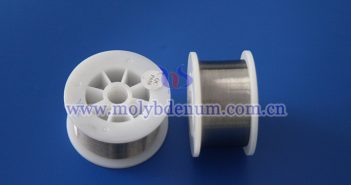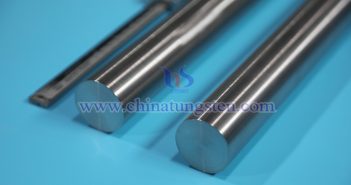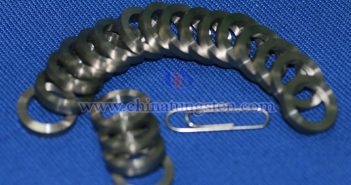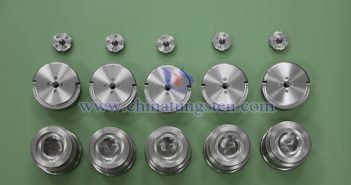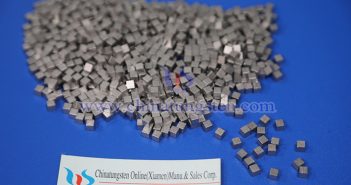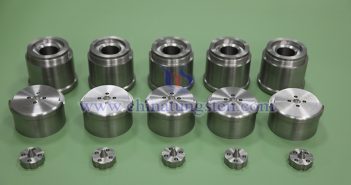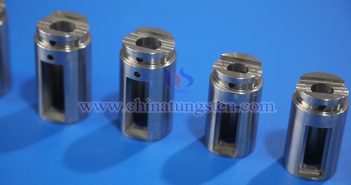
Compared to traditional shielding materials such as iron, lead, and cement, tungsten alloy shielding components offer superior overall performance. For instance, under the same thickness and working conditions, tungsten alloy shielding materials provide better or longer-lasting shielding effectiveness and service life than traditional materials. Moreover, it is a non-toxic, environmentally friendly, and non-radioactive material, thus posing no secondary harm to the ecosystem. Below is an introduction to the basic information about these alloy shielding components. 1. Definition It is both…


